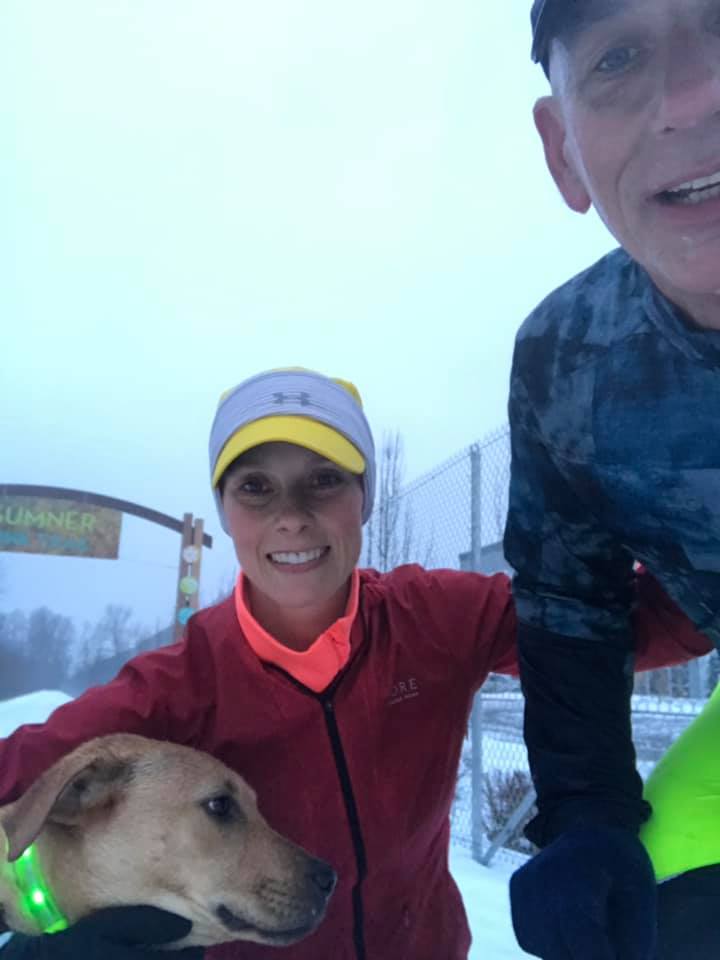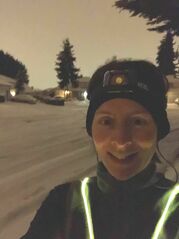 Contributed by Center for Diagnostic Imaging February is the perfect month to raise awareness of screening exams that provide insight into your heart health. As endurance athletes in excellent shape, you are not necessarily immune to the threat of heart disease. Beginning in your 40’s, with a family history of heart disease, you may want to consider some preventative health exams. Center for Diagnostic Imaging (CDI) offers two screening heart exams that can detect heart disease in its earliest stages. CT CARDIAC CALCIUM SCORING This exam assesses the extent of calcified (hard) plaque buildup in your coronary arteries, an indicator of coronary artery disease (CAD). CAD is a result of plaque buildup in the arteries, which can make them more rigid and narrowed. It can lead to a heart attack or sudden cardiac death. Early detection of CAD can help reduce your chances of experiencing a cardiac event by encouraging lifestyle changes or planning treatment options with your physician. Instead, your medical provider may recommend an ultrasound exam that measures the thickness of the carotid artery wall. Click Here to learn more about this test. C-IMT SCREENING (Carotid Intima Media Thickness (C-IMT) screening) - Thickness or inflammation in the carotid wall is an early indicator of narrowing, which can affect all vessels including the coronary arteries and aorta. This may lead to stroke, heart attack and abdominal aortic aneurysm. Early detection encourages close monitoring and lifestyle changes to reduce your overall risk. According to CDI Radiologist, N. Jarrod Durkee, M.D., “Young patients and athletes with traditional risk factors for cardiovascular disease often have normal coronary artery calcification (CAC) CT scans due to their age and lifestyle. These patients can be improperly classified as low risk patients when CAC is used, because only artery calcifications are measured”. Dr. Durkee added, “CIMT ultrasound not only looks for carotid calcifications, but also looks at the thickening of the carotid wall to determine the patient's cardiovascular risk. This results in better evaluation of young patients and athletes and helps to properly classify these patients at low or high risk for cardiovascular disease”. Click Here to learn more about this test. Both exams are performed by highly-trained technologists and interpreted by on-site, board-certified, specialized radiologists. These exams are not usually covered by insurance, unless they meet Medicare/Medicaid guidelines. Ask your medical provider if one of these would be right for you. To schedule an exam, call 855-643-7226. This article was submitted by Center for Diagnostic Imaging. Learn more about CDI and their 12 outpatient medical imaging centers throughout the Puget Sound at www.myCDI.com/WA. |
Raise the BarRace reports, upcoming events, news, and more, from RTB. Archives
September 2023
|






 RSS Feed
RSS Feed




